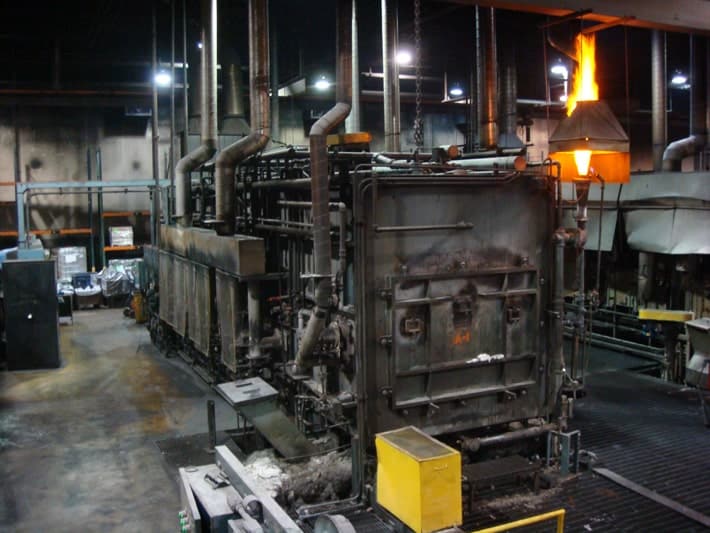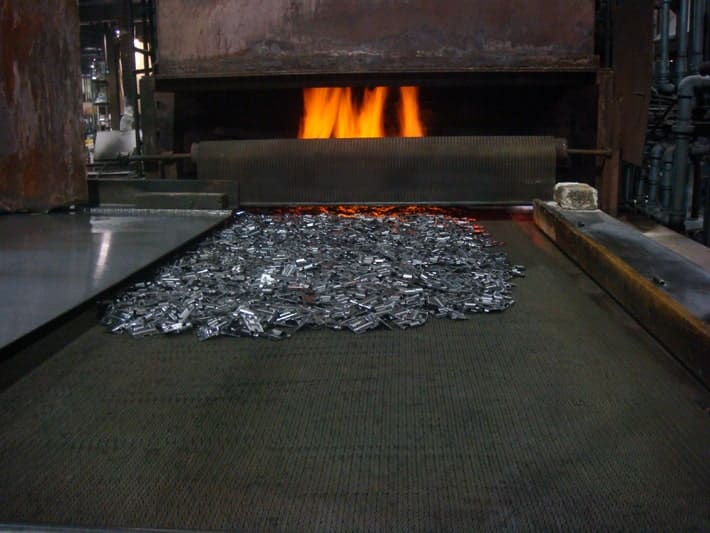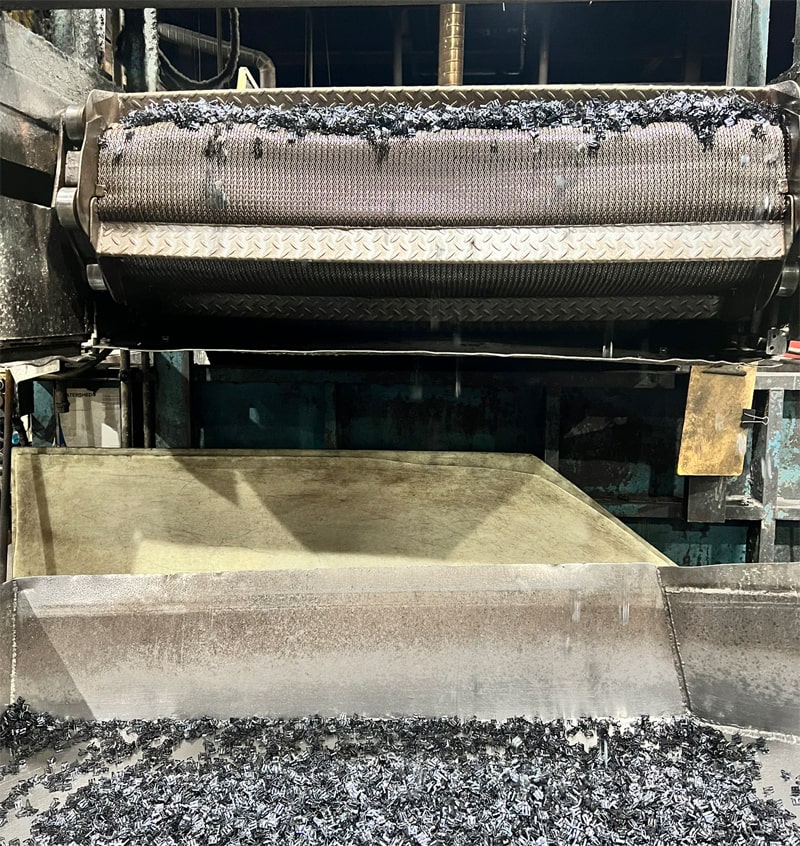
Austempering can significantly improve various materials’ mechanical properties, ensuring superior performance and longevity through a carefully calibrated heat treatment process.



It is a process that involves austenitizing and quenching steel.
Austempering is commonly employed for steel alloys, including carbon steels, alloy steels, and tool steels. It especially benefits high-strength components like gears, shafts, springs, and automotive parts.
Unlike conventional heat treatment methods, it achieves a bainetic microstructure.
By carefully controlling the temperature and duration of the process, the resulting material exhibits improved strength, toughness, and resistance to fatigue.
Austempering can significantly increase the strength and toughness of metals. The material achieves a fine-grained matrix with dispersed carbon-rich particles by forming a bainitic microstructure. This unique structure enhances the material’s ability to withstand high loads, impacts, and cyclic stresses, making it ideal for demanding applications.
One of the notable advantages of austempering is its ability to minimize distortion and warpage compared to conventional quench and temper processes. The uniform transformation and minimal thermal gradients during austempering reduce residual stresses, improving dimensional stability and tighter tolerances.
Austempering promotes the development of a ductile microstructure with excellent fatigue resistance. This property is particularly crucial in applications with cyclic loading or dynamic forces. Austempering extends the component’s service life and reduces the risk of premature failure by enhancing ductility and fatigue resistance.


The Austempering process involves several key steps: